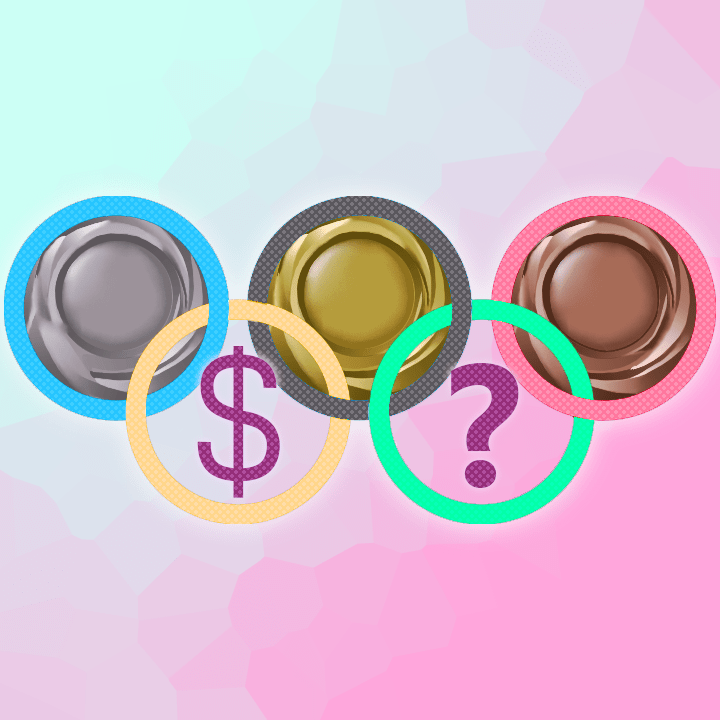This year, one of the world’s largest precious metals wholesale trading firms, Dillon Gage Metals, is sharing secrets behind the globally recognized Olympic medals athletes train so hard to obtain. The value of an Olympic medal is said to be worth quite a bit, and with the major sporting event just around the corner—beginning July 23 through August 8, in Tokyo, Japan—all eyes will be glued to the television wondering who is going home with a precious piece of history.
The design of the Tokyo medals, designed by Junichi Kawanishi, reflects the ideology that athletes must always strive to achieve glory and victory daily. The design incorporates light and brilliance in the shape of polished stones, symbolically mirroring the warm glow of friendship, diversity, and representation, and the athletes’ energy and those who continue to uplift them.
“The value of gold is a curious inquiry we receive all the time, especially around the time of the Olympics,” said Terry Hanlon, president of Dillon Gage Metals. “It’s one of the most discernible medals in the world, and it’s only natural for individuals to be curious about what it’s made of and its true value. Most medals awarded during the sporting event aren’t worth much because they aren’t solid gold but rather silver with gold plating.”
So, the question resides, how much is an Olympic medal actually worth? Every gold medal that athletes receive for their accomplishments is comprised of 99.9 percent silver and 6 grams of plated gold, weighing about 556 grams. Subtracting the gold from the silver brings the medal down to 550 grams in weight, while silver and bronze are a lesser metal weight at 550 grams and 450 grams respectively.
Considering it takes 31.1033 grams to equal a troy ounce, and if the silver is truly pure silver, it takes some simple mathematics to discover the true value of the Olympic medals. Taking these numbers plus the current trade price of silver, approximately $26.00, and utilizing a common equation, the estimated value of gold can be calculated.
The equation includes grams divided by troy ounce, then multiplying by trade price to find the dollar amount. In practical terms to solve for the total dollar amount in silver, use 550g/31 x $26.00 to equal $461.29.
In addition to the previous calculation, then add in 6 grams to account for the gold plating. In today’s currency, an ounce of gold is trading approximately for $1,808. Using the same equation to solve the gold composition: 6g/31 x $1,817 = $350.75.
Combined, the gold and silver composition’s value for the Tokyo 2020 Olympics gold medal is approximately worth $812.04. And the value for the Tokyo 2020 Olympics silver medal is approximately worth $461.29.
But no matter the actual value of all these medals, to compete on the world stage of the Olympics, one of the most prestigious sports competitions, is truly priceless. Dillon Gage Metals wishes every Olympian luck and sends their support to each nation’s competitors during the 2020 Summer Olympics in Tokyo.






